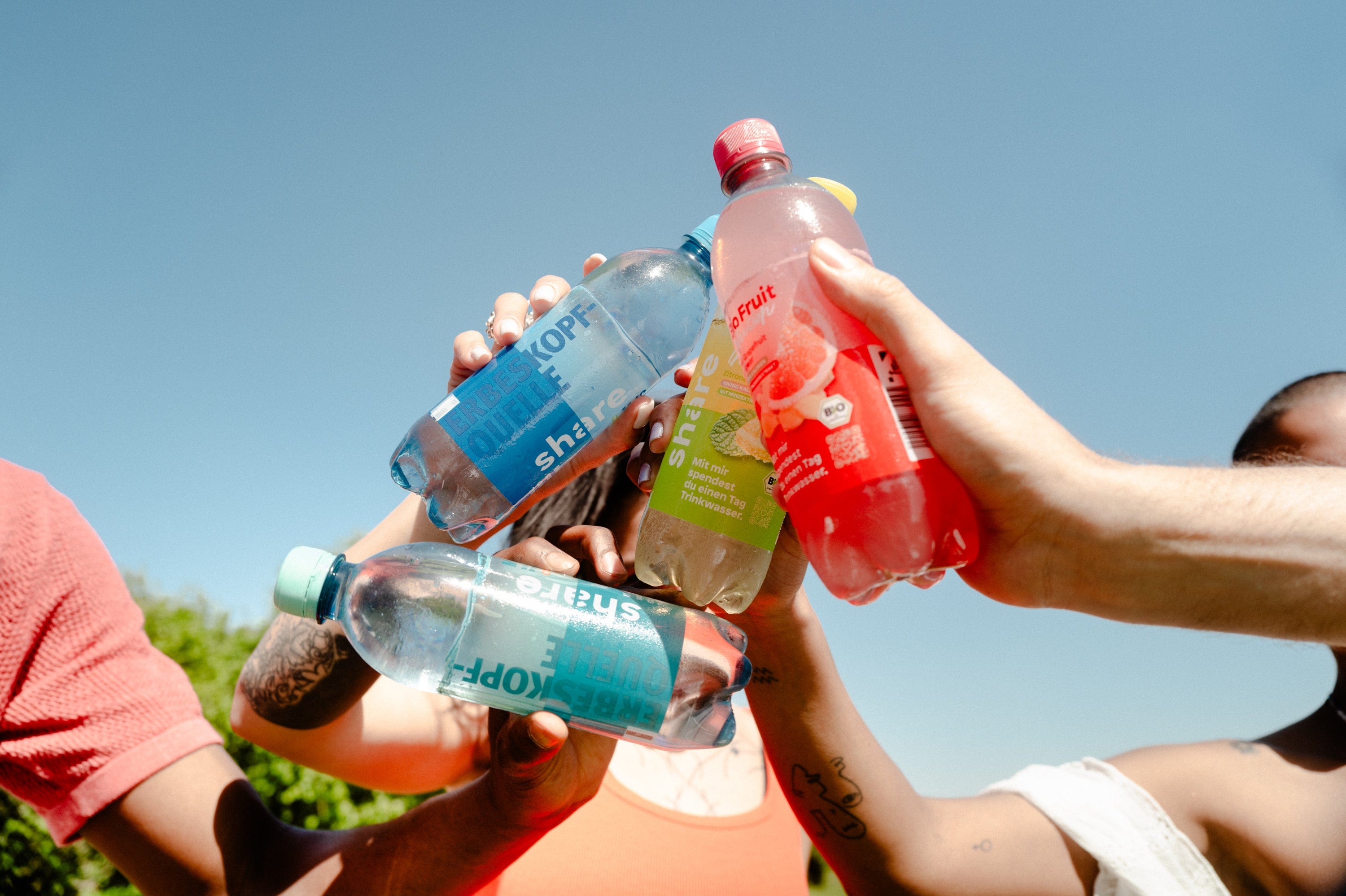Since 2020, our share water has been available not only in supermarkets and drugstores, but also at the popular furniture giant IKEA. And we are very proud of that. Because with IKEA we can not only reach a lot of people every day who donate a day of drinking water by buying our water, but we also have a partner at our side who shares our visions and values, especially when it comes to sustainability. To mark the three-year anniversary of this partnership, we therefore spoke to Kasia Dulko-Gaszyna, who, as Sustainability Manager, is responsible for implementing IKEA Germany's sustainability strategy. In the interview, she tells us what impact the share water has, what efforts IKEA is also making to raise awareness of the issue of water, and how sustainability and consumption go together from her point of view.
Dear Kasia, our share water has been available in all IKEA stores since 2020. We can generate an incredible reach with it. We wanted to use it to finance 8 drinking water fountains per year. Were we able to achieve this goal?
Exactly, we have been offering our customers in IKEA stores in Germany share mineral water bottles for three years now. Since sales started, we have already sold around 5.7 million bottles and donated 5.7 million days of clean drinking water. This has enabled 26 wells and hand pumps to be built and repaired in Liberia, Colombia, Zimbabwe, Kenya, Côte d'Ivoire and Sierra Leone, providing more than 100 million liters of drinking water to local people.
Why did you decide to cooperate with share back then? Why do you think the two companies fit together so well?
We were convinced by your "1+1 principle" and the quality of the product. In addition, we live by the same values. IKEA and share are about making the world a little better. With share, we have a partner at our side with whom we can jointly assume social responsibility and inspire many people to live a more sustainable life. The water from share is one of our many offers with which we promote social consumption and more sustainable product alternatives.



 "
width="auto"
height="auto"
loading="lazy"
>
"
width="auto"
height="auto"
loading="lazy"
>






